As the Google Ads landscape keeps evolving, ecommerce marketers are continuing to look for ways to optimize their advertising strategies, reaching potential customers at every stage of the marketing funnel. While campaigns like Search & Performance Max still continue to play crucial, bottom-of-the-funnel roles, Demand Generation campaigns have emerged as a powerful tool for engaging higher-funnel audiences. But how do Demand Generation campaigns fit into the broader Google Ads ecosystem, and what does the future hold for this advertising tactic in 2025?
What Are Demand Generation Campaigns?
Demand Generation campaigns leverage display tactics to engage users across Google’s most popularly owned products, including Gmail, the Discovery Feed, YouTube, and the Google Display Network (GDN). This campaign type allows advertisers to reach large audiences with visually engaging ads that grab attention, making it a key strategy for building awareness and expanding your brand’s reach.
Demand Generation campaigns are not typically geared towards immediate conversions but are instead designed to create awareness and interest. As of 2024, these campaigns can also include video ad placements, allowing for even greater creative flexibility. The combination of eye-catching imagery and video formats, paired with the most expansive audience targeting options of any Google Ads campaign type, makes this an ideal solution for engaging users who may be unfamiliar with your brand.
A hallmark of Demand Generation campaigns is the use of “Similar to” audiences, a feature that was largely disabled across other Google Ads products in late 2023 and early 2024. This allows advertisers to target users who exhibit behaviors similar to their existing customer base, creating a fertile ground for new customers and incremental purchases.
The Evolution of Demand Generation Campaigns in 2025
As digital advertising becomes more visually oriented, Google has invested heavily in evolving Demand Generation campaigns to meet the needs of a more dynamic market. In 2025, several updates and features are set to revolutionize how these campaigns are executed, including new controls for audience targeting and a more seamless online shopping experience.
Increased Control Over Where Your Ads Serve: Unlike other visual-forward campaign types like Performance Max or standard YouTube campaigns, which do not allow advertisers to control where their ads are shown, DG campaigns are expected to introduce Channel Controls in March of 2025. This feature will enable advertisers to choose which Google properties to serve their ads on, including specifying where ads will appear on YouTube. For instance, if your target audience is particularly active on YouTube Shorts, you’ll be able to serve ads on this placement & later retarget those users via Gmail or other Google properties, creating a more cohesive customer journey to purchase.
Seamless Shopping Integration: In February 2025, product feeds began rolling out for DG campaigns, a feature that presents significant opportunities for e-commerce advertisers. With product feeds, users can swipe up to view product options directly from the ad, allowing them to purchase without ever leaving the platform. This “instant purchase” option is especially useful for products that are visually appealing or seizing offers that make a consumer’s decision to purchase more urgent.
Additionally, advertisers promoting in-store offerings will soon be able to integrate local product availability feeds, encouraging foot traffic by showing real-time inventory at physical store locations. This feature is currently in beta but is expected to become a standard part of the DG toolkit in coming months.
Goodbye Video Action Campaigns: as part of the broader trend towards consolidating Google Ads offerings, the Video Action campaign type will be phased out in 2025. Starting in April, advertisers will no longer be able to create new Video Action campaigns, with existing ones being disabled by July. However, Google is offering an “upgrade” path for these campaigns, transitioning them into Demand Generation campaigns. This change further underscores the increasing importance of DG as a key pillar in Google’s plans for their advertising platform.
What Does This Mean for Your Marketing Strategy?
As Demand Generation campaigns become an increasingly vital part of the Google Ads marketing funnel, they offer tremendous potential for businesses seeking to connect with new audiences in a meaningful way. While traditionally seen as a tool for creating awareness, the visual nature of these campaigns-especially with the addition of video & shopping features-means that they can also be conversion-focused, driving sales in new & innovative ways.
For brands targeting younger generations, the ability to leverage YouTube Shots for highly engaging short-form video content will be crucial. Gen Z, in particular, spends significant time on platforms like YouTube & TikTok, often turning to them as sources of product discovery. DG campaigns, with their focus on video & visually rich content, are perfectly suited to this trend.
The introduction of product feeds also makes Demand Generation campaigns even more valuable for an e-commerce business. As users are exposed to ads featuring products they can quickly purchase, this creates a seamless & intuitive shopping experience, making them more likely to convert & become customers.
To Conclude:
In 2025, Demand Generation campaigns are poised to become an indispensable tool for digital marketers looking to grow their brand & expand their audiences. With the ability to leverage visual content, expansive audience targeting, & seamless shopping integrations, these campaigns will offer both awareness & conversion opportunities. As Google continues to refine & expand this campaign type, it’s clear that DG will play a central role in shaping the future of Google Ad’s place in the digital media plan.
By understanding the strengths and new features of DG campaigns, advertisers can position themselves to meet the evolving expectations & needs of today’s consumers, all while driving better results for their marketing dollar.
- This blog was produced with drafting support from ChatGPT
- New Demand Gen Features for 2025 - Google Ads Blog
Photo: © grinvalds from Getty Images Pro


